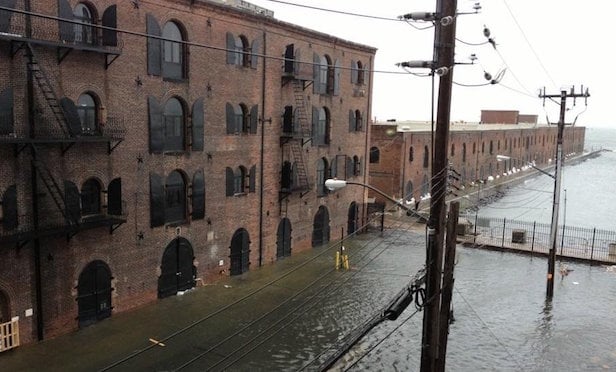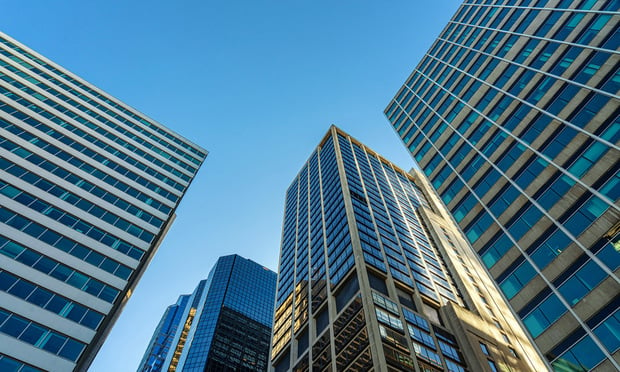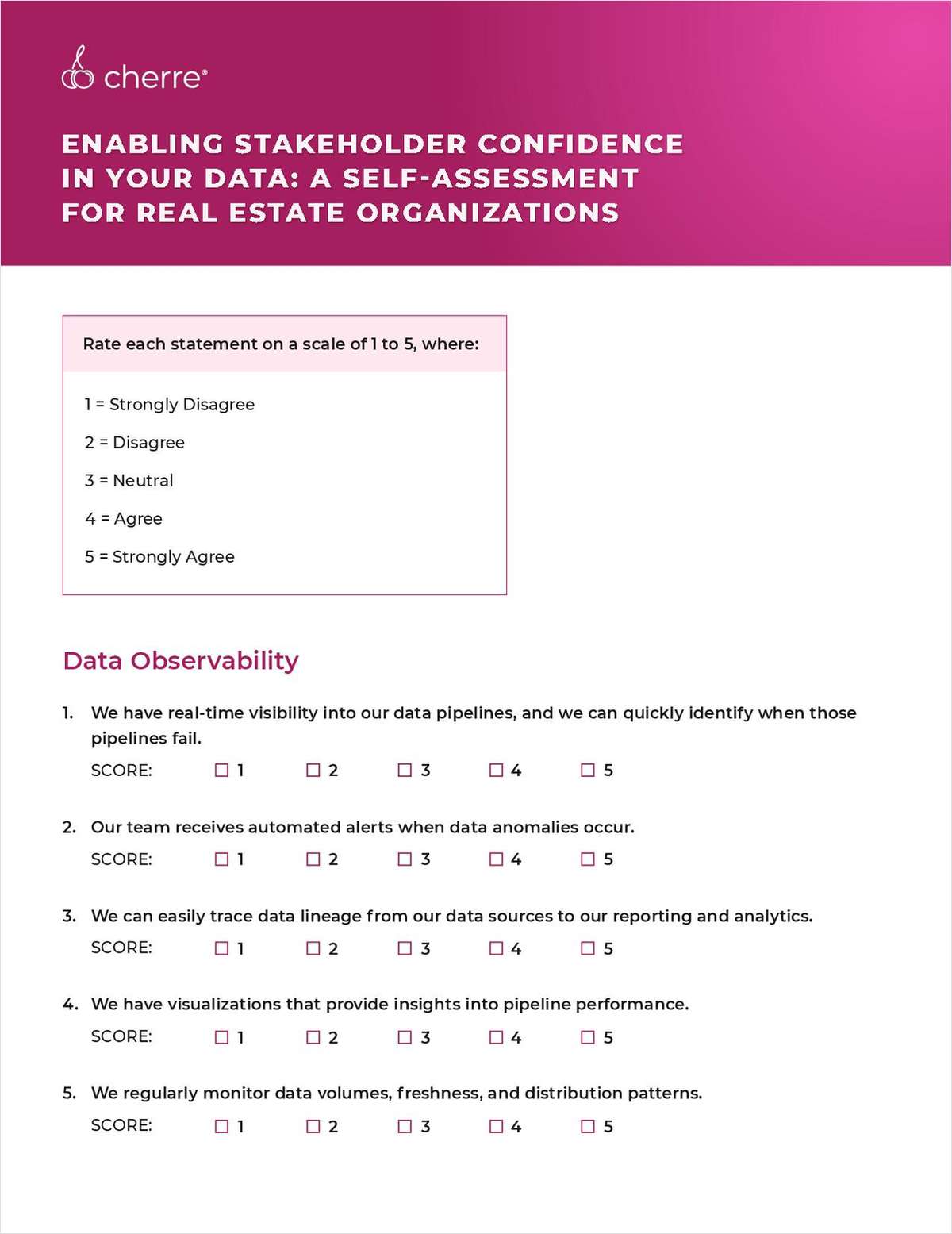
NEW YORK CITY—Hurricanes Harvey, Irma and Maria, and the anniversary of Hurricane Sandy are reminding New Yorkers of the dangers of powerful storms. Meteorologists define the Atlantic hurricane season as extending from June 1 through Nov. 30. Following Hurricane Sandy, on Oct. 9, 2013, the City of New York incorporated resiliency measures into its zoning codes.
Architect and zoning expert David West, the co-founder of Hill West Architects, spoke to GlobeSt.com and provided three key zoning regulations:
(1) The city increased the required height of raising buildings above flood hazard elevations defined by the Federal Emergency Management Agency. After Hurricane Sandy, FEMA released new, preliminary flood maps, which establish how high above flood levels structures must be built. The city's zoning laws require new buildings to be raised even above those FEMA levels. Prior zoning was tied to curb levels adjoining a zoning lot. This determined building heights and setbacks.
(2) The regulations require moving mechanical equipment out of floodplains, effectively relocated to the top of buildings.
(3) The regulations specify protecting structures at the lowest levels. This means floodproofing the points of entry and points of vulnerability of buildings. If owners want to put storefronts below flood levels, they must use marine-grade glass. The structures themselves must be strong enough to withstand the pressures of water and flood action. This can require putting floodgates into buildings because the points of entry still must be at grade, meaning at the ground level. Where the lobbies are at grade or below floodplains, they must be floodproofed or provide other exits that are above the floodplains. Hill West Architects has also designed wet floodproofing which means creating ways for water to get back out of buildings and protecting surfaces inside areas that could be flooded.
Unlike the disastrous images of harm caused by sweeping waves of water, in New York, property damage results more from water rising.
West says most of the large, existing buildings are not in compliance, due to construction difficulty and costs. The owners are not subject to fines. “I don't think there are flood police out there looking at old buildings,” he says. “Certainly, there are commercial incentives for people to try to improve their buildings. Insurance tends to be higher on buildings that don't have flood resiliency measures.” However, the city provides incentives for retrofitting older buildings to meet the resiliency standards.
West explains if an owner is constructing a new building or making alternations, he or she would not get approval or a permit unless compliance with the zoning regulations is demonstrated. “And they are very thorough about it,” he says.
A team of specialists from the city's building department will meet with architects and designers, while the buildings are being designed. They will review plans and make suggestions to assist with compliance. “They've been very helpful,” says West. “I think city officials have gone out of their way to encourage new structures in particular to be highly flood resistant.”
For anyone considering building near water, West suggests they review flood maps and understand the risks. They also should be prepared for costs and added safety measures which will be required in the design. Hill West Architects designed waterfront projects at One Seaport, Waterline Square, and at 363 and 365 Bond. All of these structures have been built consistent with the post-Hurricane Sandy codes.
For buyers of commercial waterfront properties, West provides the following questions to ask: When was the building designed, and under what standards? At what level and at what elevation is the main floor? How subject to flooding is the building? What happened to it during Hurricane Sandy? What corrective measures have been taken following Sandy? He notes some sellers might not bring up such efforts in floodproofing as they might not want to talk about risks. However, buyers should know about any major floodproofing efforts done to the building.
As to future flood-related trends, West expects the city to focus beyond buildings and more on neighborhoods and citywide infrastructure improvements. He predicts in its next steps the city will work on broader areas of vulnerability, constructing seawalls and public floodgates.
Want to continue reading?
Become a Free ALM Digital Reader.
Once you are an ALM Digital Member, you’ll receive:
- Breaking commercial real estate news and analysis, on-site and via our newsletters and custom alerts
- Educational webcasts, white papers, and ebooks from industry thought leaders
- Critical coverage of the property casualty insurance and financial advisory markets on our other ALM sites, PropertyCasualty360 and ThinkAdvisor
Already have an account? Sign In Now
*May exclude premium content© 2024 ALM Global, LLC, All Rights Reserved. Request academic re-use from www.copyright.com. All other uses, submit a request to [email protected]. For more information visit Asset & Logo Licensing.








